What is Chartreuse? What you need to know, and how to use it
Drinking Chartreuse is like time-travelling to an era long gone.

It’s a taste from another time. Unmistakeable in a blind tasting, and an iconic bottle on the backbar, Chartreuse can inspire devotion and instil fear in equal measures. Famously made from a secret combination of 130 different plants, roots, spices and flowers, a sip of Chartreuse can be hard for the novice to handle; for those who have been initiated, on the other hand, a sip might just taste like they’re talking to god.
For those whom an appreciation of Chartreuse becomes a thing, it really becomes a thing: it can inspire a cultish devotion in its followers worthy of the order of Carthusian monks — who have taken a vow of silence — who make the stuff. There’s a healthy hunt for obscure bottlings from the nearly 200 year history of the liqueurs we know today, half a dozen and more variants, some vintaged, and a healthy folklore around the stuff that can send devotees down internet rabbit holes into the wee hours.
Though marketers may like you to believe differently, few liquor brands have a history worth knowing about, and most make it up to fit a brief — more a product of copywriters and brand strategists and the kind of people who know what product-market fit means more than any inspired creation from a genius distiller. Chartreuse — well, that’s different.
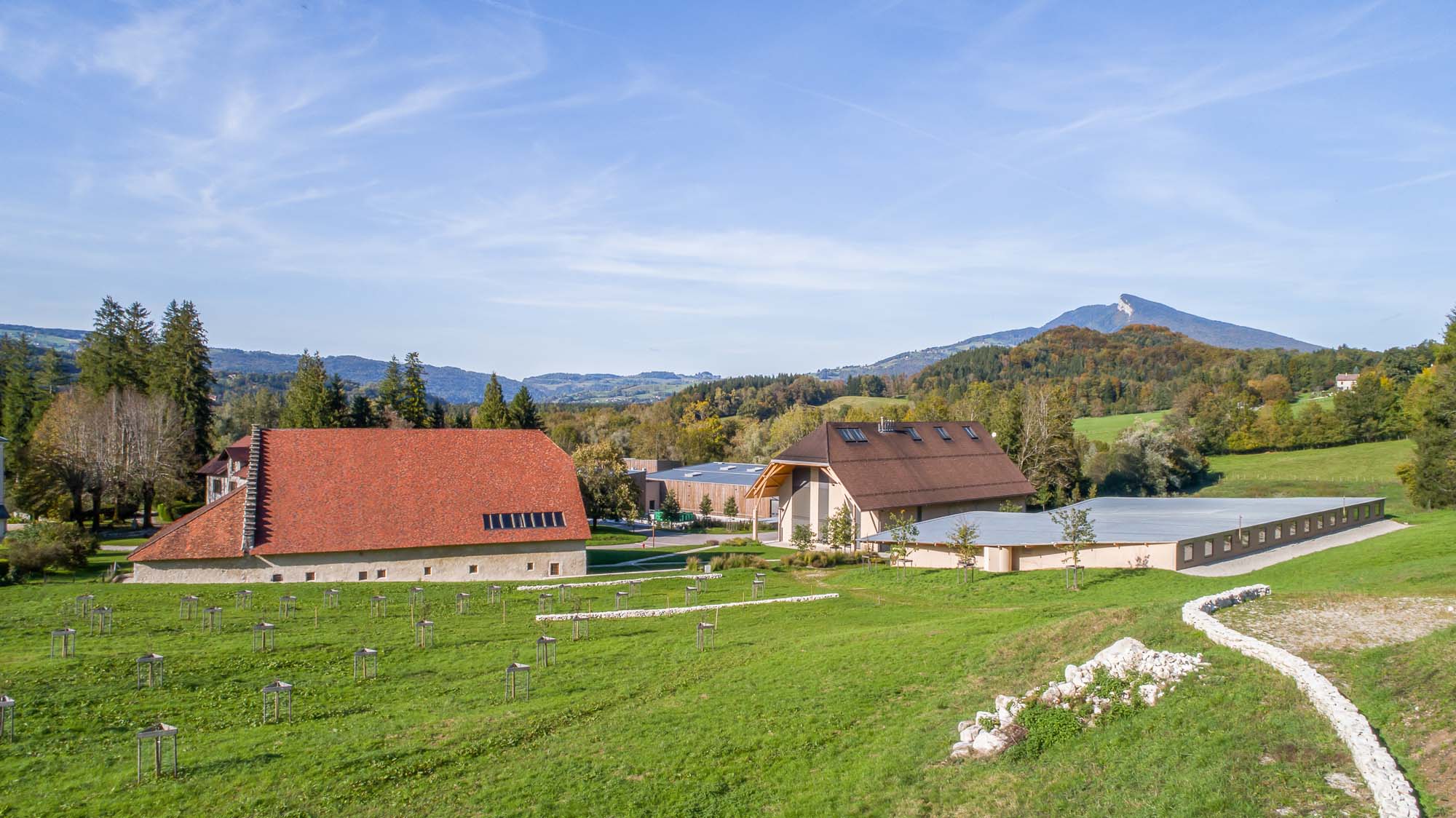
A (very) brief history of Chartreuse
The roots of that bottle of 55 percent ABV Green Chartreuse go back to 1605 when a French military officer, François-Annibal d´Estrées, furnished an order of monks with a recipe for for an elixir of (supposed) long life. The story goes that the prescription was a little difficult to follow — there were, after all, some 130 ingredients to the thing and not all immediately available to the monks — and it took until 1764 to nail down the recipe. The result? A bitter tonic, at around 70 percent alcohol, these days known as the Elixir Végétal de la Grande Chartreuse.
It’s not until 1840 that the Chartreuse Verte (green) or Chartreuse Jaune (yellow) are first released, though the monks had been experimenting with different preparations for some time — with all that silence and praying, we too might turn our minds to what hooch we could concoct.
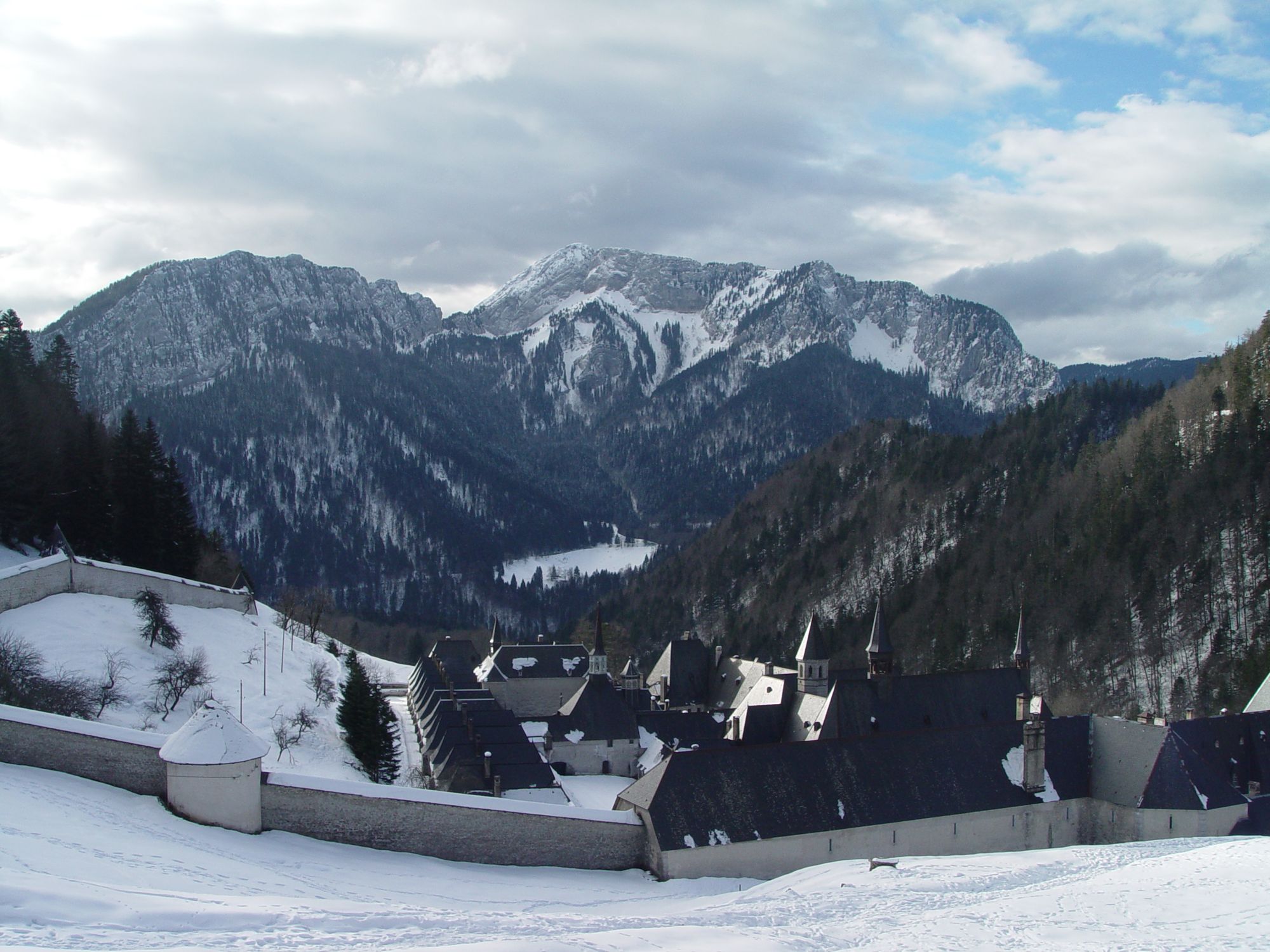
But throughout their history, the Carthusian order has often be viewed with suspicion and targeted — in 1792 the French state kicked them out of their monasteries (King Louis XVIII authorised their return in 1816); the monks were once again expelled from their Grande Chartreuse monastery in the Rhone Alps in 1903; they set up operations in Tarragon, in Spain, in 1904. Although production in Spain continued until 1989, they also returned production to France in Marseille in 1921. Production moved to Voiron in France in 1935.
Following the Spanish civil war and World War Two, the order returns to the Grande Chartreuse monastery, and things get back to something a little more like normal from 1950 onwards. Production no longer happens on site at the monastery, though — that’s something one of the Popes back in the 1800s prohibited, believing it kept the monks from their prayers — instead taking place at purpose-built facilities like those in Voiron, and the most recently established distillery at Aiguenoire in France, since 2017.
As to the recipe, bartenders know this story well: the exact recipe and proportions of ingredients needed for making Chartreuse is known only by two monks; even then, in a plot twist worthy of The Da Vinci Code, each of them knows just half the recipe. But is that really true? It seems a rather dangerous way to run a brand in any era, let alone the modern era, but good luck getting a word out of the monks — after all, they’ve taken a convenient vow of silence.
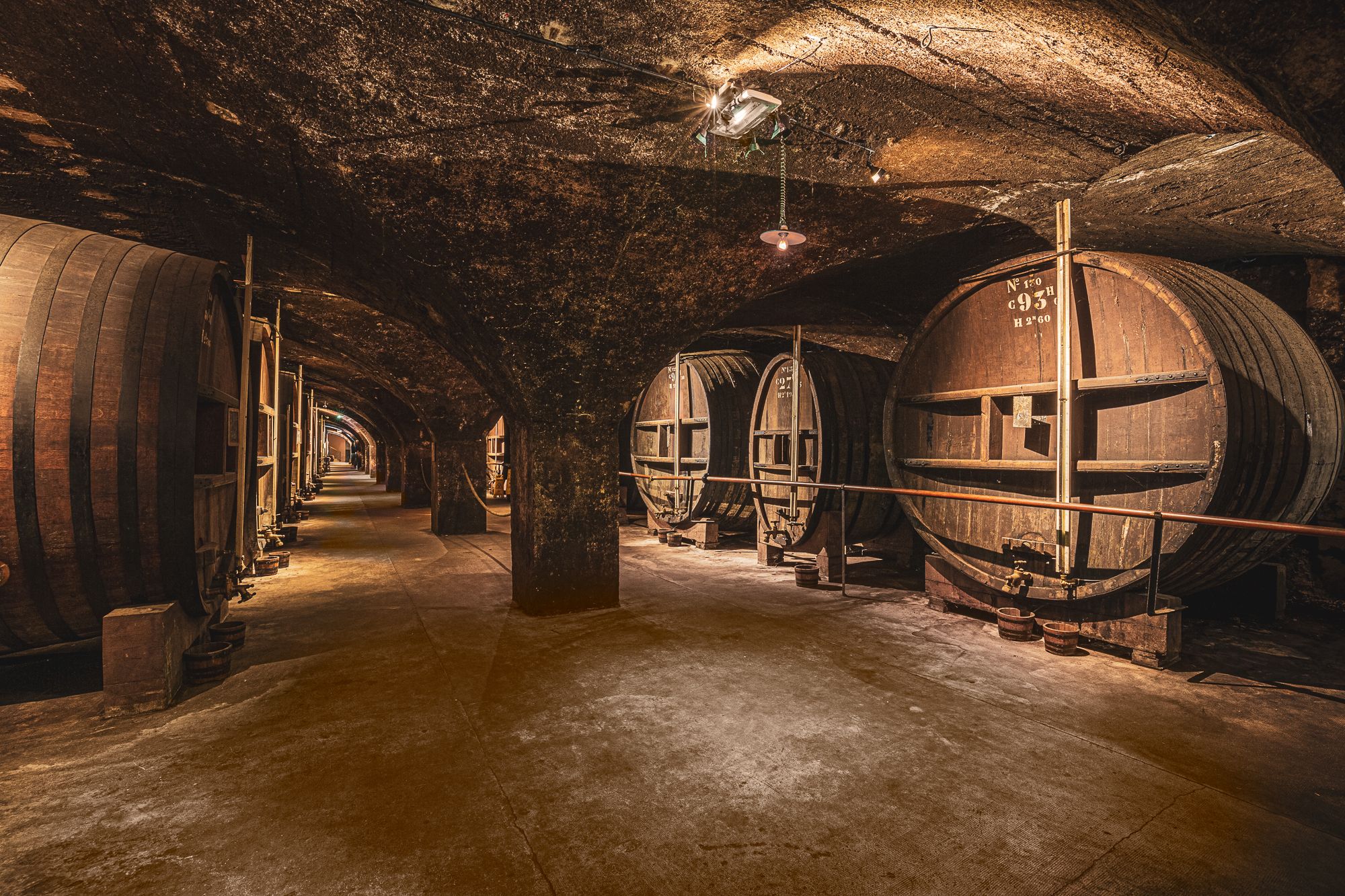
Chartreuse by the numbers
- 130 — the number of plants used in the recipe to make Chartreuse
- 2 — the number of monks who know the recipe for Chartreuse
- 1/2 — the proportion of the recipe each of those monks knows
- 1605 — the date the Carthusian order first receives instructions on this preparation for the elixir of long life
- 1840 — the year that both Green and Yellow Chartreuse are first released
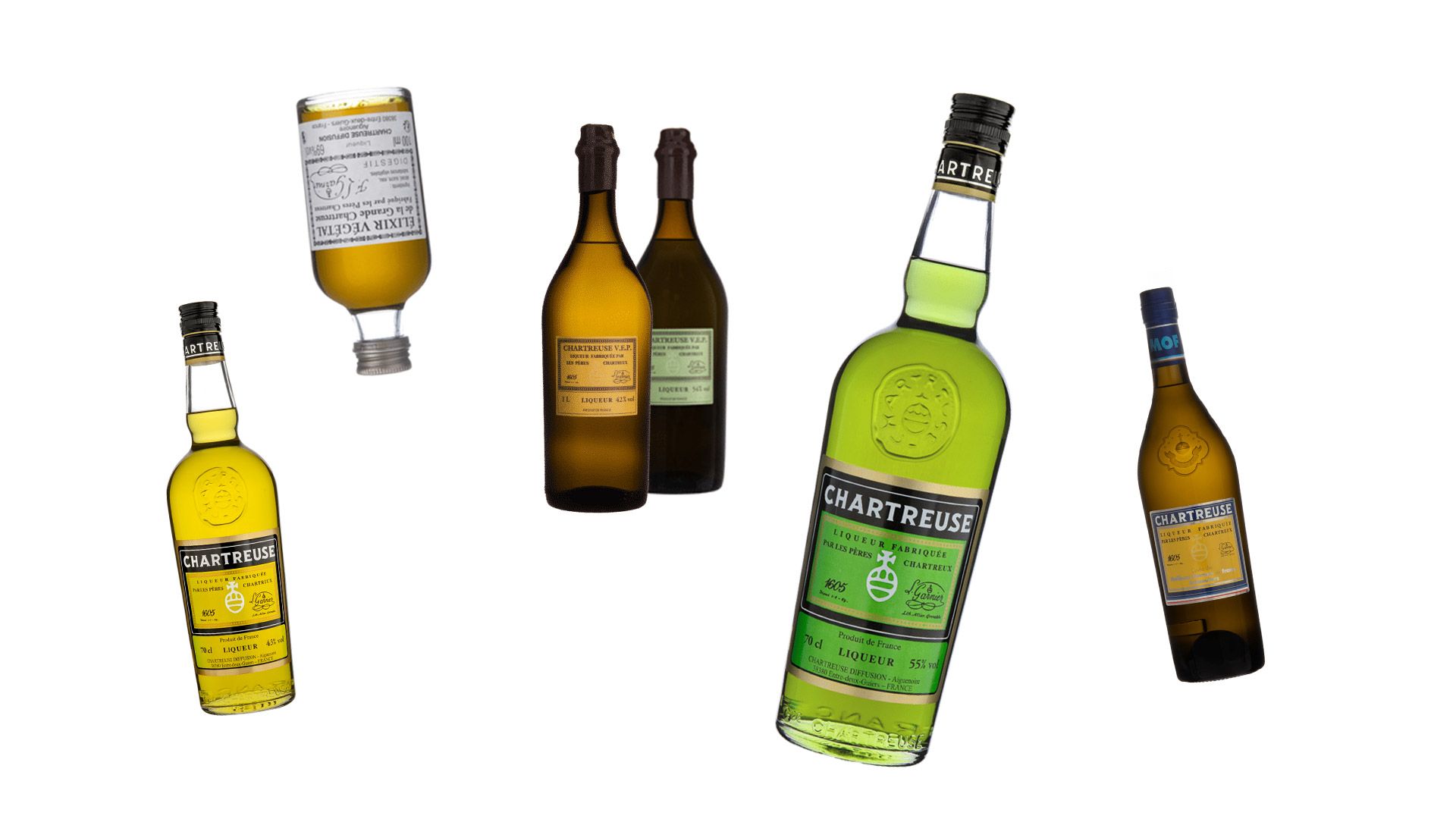
6 types of Chartreuse
Green Chartreuse
Landing at 55 percent ABV, this is what many people think of when they think of Chartreuse: complex, intense and powerful, it can be overwhelming for the novice drinker. But it’s that higher ABV and intense flavour profile that makes it such a welcome after-dinner drink on its own, and powerful addition to cocktails.
Aged for an undiscolsed length of time in wood, it is coloured naturally thanks to the botanicals used, and will change colour and flavour in the bottle over time, not unlike wine.
It has an herbaceous, complex, spicy and peppery aroma which leads through to a full, minty, citrusy and spiced palate — it’s sweet but not cloying, and leaves a warmth and long finish. One sip will hang around a while, trust us.
Try it in the Death Flip cocktail here (and don’t let that trio of fearsome ingredients put you off — it’s a brilliant drink).
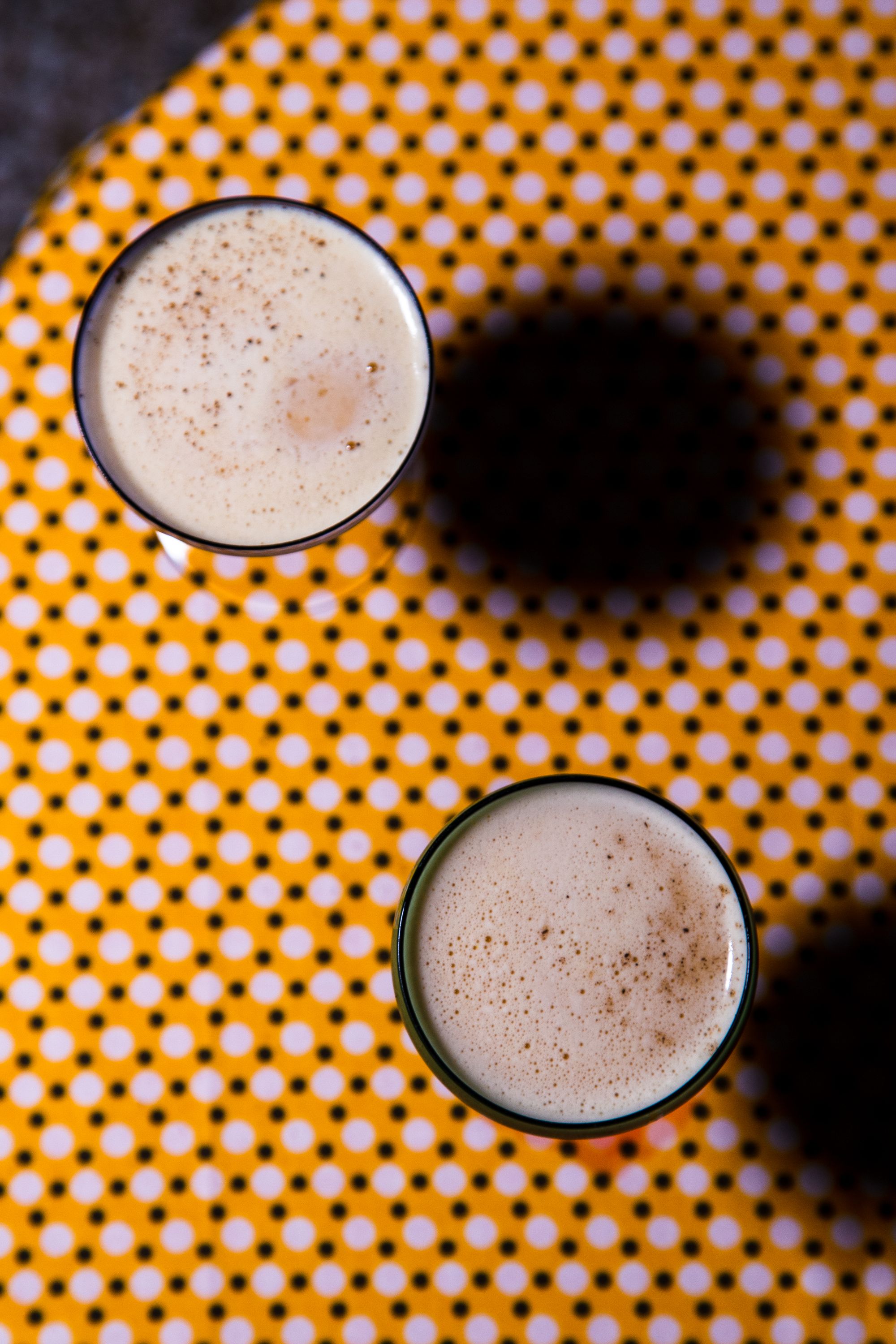
Yellow Chartreuse
Created in 1840 along with Green Chartreuse, the yellow variant is a rounder, more approachable bottling of Chartreuse for novices and initiates alike. Landing at 40 percent ABV (in Australia), it is made from 130 different plants, flowers, herbs and roots, with a recipe that is different to Green Chartreuse. Its yellow colour, like that of the Green, is derived from natural colourings used in the production of the liqueur. Expect florals, anise, citrus and spice characters.
Try it as a substitute for vermouth in a Martini, or in this Alaska Cocktail here.
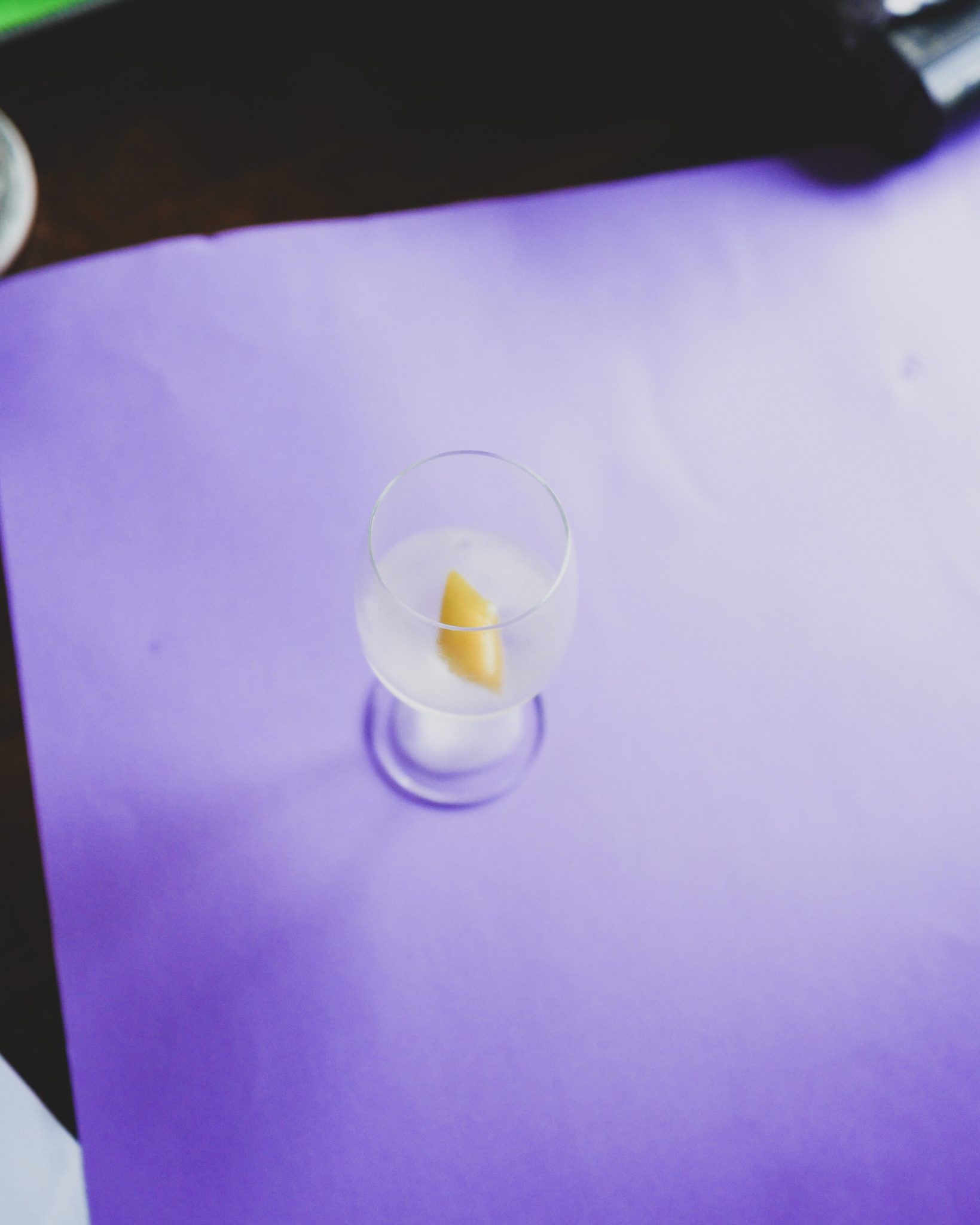
Vieillissement Exceptionnellement Prolongé
First created in 1963, the Vieillissement Exceptionnellement Prolongé variants of Chartreuse comes in both green and yellow iterations; the difference being that the VEPs are aged for longer than the regular bottlings, and in smaller barrels allowing for greater wood contact.
Elixir Végétal de la Grande Chartreuse
This is the ur-recipe, from 1764 — the original spec modeled on the recipe given to the monks in 1605. It took so long for them to nail down the recipe because, you know, one couldn’t just jump on the internet and order ingredients in those days — many of the ingredients may have come from places you just couldn’t get to in the 1600s. It also inspired the release of the elixir de table liqueurs, the green and yellow Chartreuse variants.
Chartreuse MOF Liqueur
France loves a highfalutin trade association, and sommeliers have their very own — the Meilleur Ouvriers de France Sommeliers. In 2008 they teamed up with Chartreuse to create this take on Yellow Chartreuse, a different blend that emphasises freshness and balance.
Want to learn more?
This explainer was made possible by Spirits Platform's Spirits Academy. Their team of ambassadors conduct trainings around the country, not just on whiskey — though they cover everything you need to know there —but on a range of spirits.
Get in touch with your Spirits Platform ambassador for your state to find out more.
- QLD, NT, WA & SA: Mark Hickey — email him on mhickey@spiritsplatform.com.au
- NSW, ACT: Josh O'Brien — email him on jobrien@spiritsplatform.com.au
- VIC, TAS: Andy Buntine — email him on abuntine@spiritsplatform.com.au


